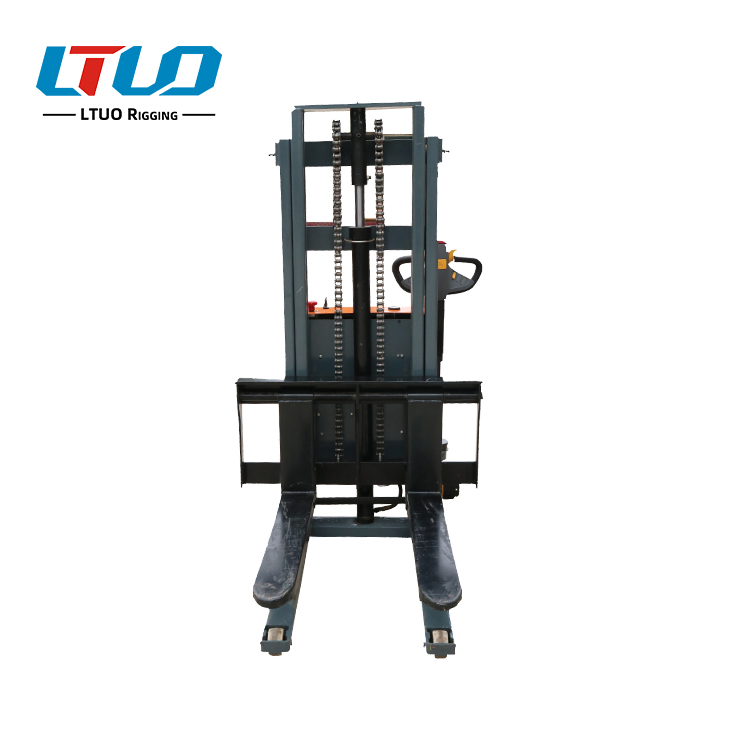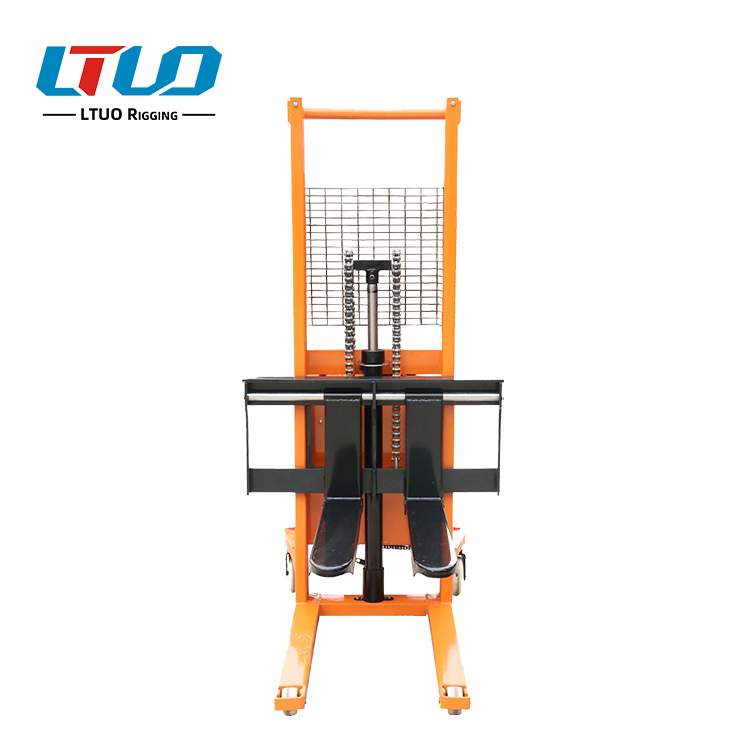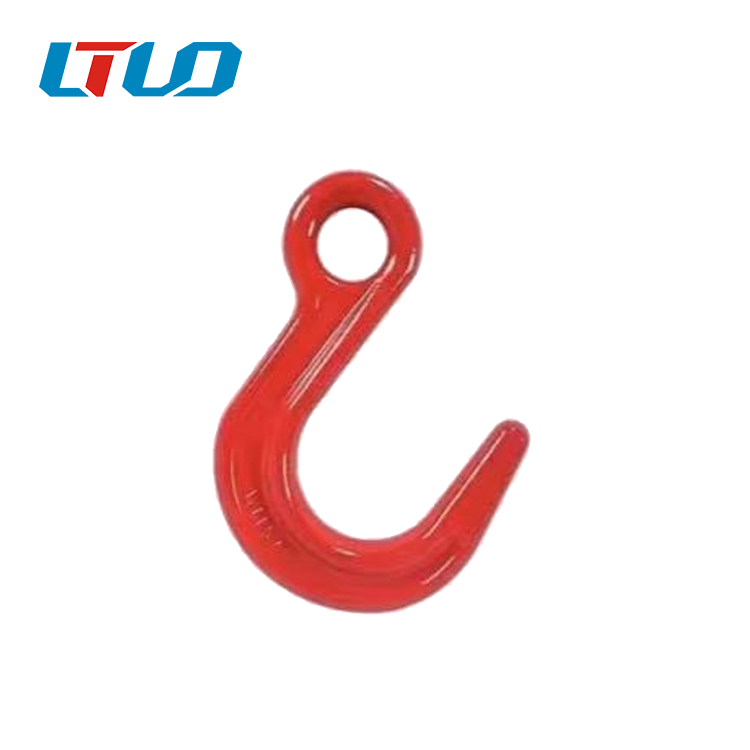The stone fixture is a new and practical stone auxiliary tool, which includes the lifting ring, pull rod, lifting arm, splint, etc. Its characteristics and working principle are: there is a group or groups of lever transmission mechanism with the linkage between the lifting ring or pull rod and the lifting arm that the action arm is greater than the transmission arm. As a result of adding a pull rod or connecting piece on the stone fixture, the arm of the lever is increased, so that it has greater clamping force, and the volume of the fixture is small, saving materials and easy to carry.
Precautions for use: For some products and semi-finished products that are hollow or solid cylinders, the stone fixture used for lifting cylindrical stones should be placed vertically during stacking or processing. It is required that the end face and cylindrical surface should not be damaged during loading and unloading, otherwise defective products and waste products will be caused.
There are general stone lifting clamps and stone clamps for clamping square workpieces on the market, and cylindrical workpieces can only be lifted by ropes. However, there is a stone fixture specially designed by Longhai Crane, which is specially used for lifting standardized columns or Roman columns. It has proved feasible in practice and solved the problem of bumping the working surface. The stone clamp is composed of a ring body, a clamping block, a connecting plate, a pin shaft, a rubber sheet and other parts. Four clamping blocks are evenly distributed on the clamp, and the rubber sheet is fixed on the clamping block with countersunk screws. A parallelogram four-bar mechanism is formed by a clamping block, four connecting plates, a torus and four pivot pins to keep the clamping block moving parallel on the working surface.
usage method:
1. Lift the stone clamp and stone clamp to the upper end of the workpiece, lift the four clamping blocks (lifting rod or lifting hook can be used), so that there is a certain gap between the four clamping blocks and the cylindrical surface of the workpiece, and put the clamp on the workpiece in a certain position, so that the clamping block can fully contact the cylindrical surface.
2. Loosen the lifting rod or lift the hook, and the four clamping blocks will sag under their own weight, and the rubber pieces fixed on the clamping block will contact with the workpiece cylinder.
3. The ring body is lifted by a crane or forklift truck, and the dead weight of the workpiece drives the clamping block to move relatively parallel with the cylinder through static friction. Because the included angle between the center line of the connecting plate and the horizontal line is less than the relative friction angle between the workpiece and the rubber sheet, and also less than the relative friction angle between the rubber sheet and the clamping block, the dead weight of the workpiece can lift the specific clamping workpiece through friction self-locking for lifting;
4. After the lifting work is completed, place the workpiece, loosen the workpiece with the clamping block, lift the clamping block with the lifting rod or lifting hook, and lift the clamp, stone clamp and stone clamp.
Pay attention to the following problems:
1. The ring body of stone hanging clamp and stone clamp is made of rolled steel plate and welded. The joint must be firm, and the reinforcing rib plate shall be welded if necessary;
2. The brake band can be used to replace the rubber plate of the stone clamp and stone clamp;
3. Due to the limitation of the friction angle, the diameter of the workpiece held by a stone hanging clamp and stone clamp of one specification is not large, otherwise the self-locking clamping is impossible. For the workpieces with different diameters and specifications, a set of stone hanging clamps and stone clamps with different specifications are required, which is acceptable to the manufacturers of large-scale production;
4. Using the parallelogram four-bar mechanism principle and the friction self-locking principle, the stone hanging clamp and the stone clamp can be transformed into the internal supporting clamp, that is, the clamp supporting the inner cylindrical surface of the workpiece, which is used for special lifting occasions.

2TC Series:The microelectric Stacker is a manual propulsion and electric stacker that provides cost-...

1tC Series:The microelectric Stacker is a manual propulsion and electric stacker that provides cost-...

Smooth surface, uniform color, specifications, information, clear CE markingMade of high quality all...

Rated load: 3.8TPurpose: The hook is mainly used as a connecting tool in lifting operationMaterial: ...